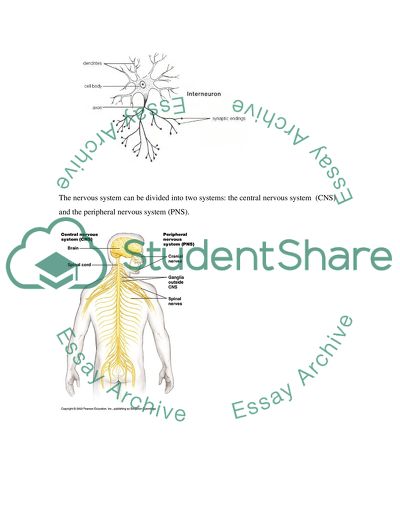Cite this document
(“The Co-Ordination of the Human Body by the Endocrine and Nervous Research Paper”, n.d.)
The Co-Ordination of the Human Body by the Endocrine and Nervous Research Paper. Retrieved from https://studentshare.org/biology/1532239-human-biology-essay
The Co-Ordination of the Human Body by the Endocrine and Nervous Research Paper. Retrieved from https://studentshare.org/biology/1532239-human-biology-essay
(The Co-Ordination of the Human Body by the Endocrine and Nervous Research Paper)
The Co-Ordination of the Human Body by the Endocrine and Nervous Research Paper. https://studentshare.org/biology/1532239-human-biology-essay.
The Co-Ordination of the Human Body by the Endocrine and Nervous Research Paper. https://studentshare.org/biology/1532239-human-biology-essay.
“The Co-Ordination of the Human Body by the Endocrine and Nervous Research Paper”, n.d. https://studentshare.org/biology/1532239-human-biology-essay.


